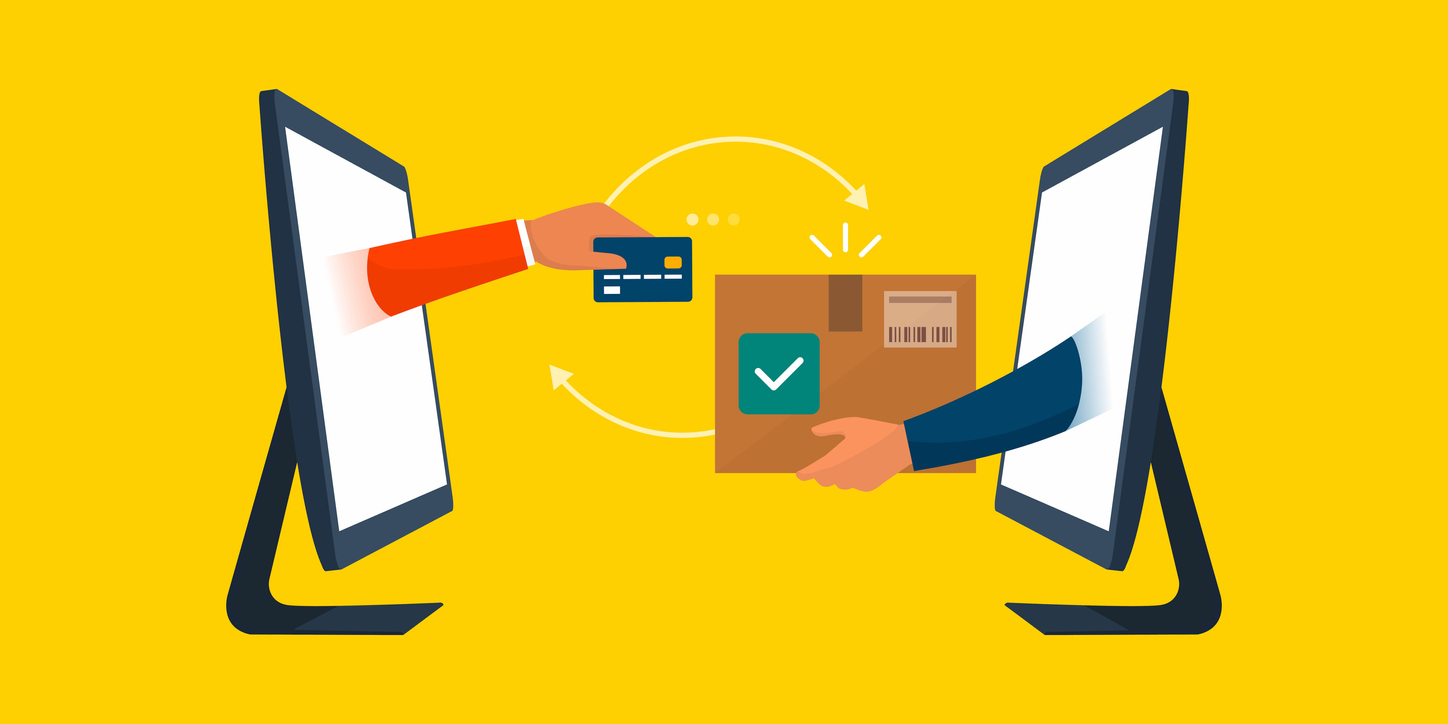Some companies are born as direct-to-consumer entities. Others have observed the way customer experience is evolving and decided that, if they want greater success, it’s time to shift their business model.
In many ways, the rise of the direct-to-consumer (D2C) approach reflects how digital technologies have empowered businesses of almost any size. Traditionally, the only way for a new entrant to reach consumers would have been by forming relationships with partners such as wholesalers and department stores. Those intermediaries controlled distribution and, in some respects, customer relationships.
Thanks to the emergence of digital channels, however, more companies than ever before can now sell directly to consumers. This includes setting up an e-commerce store on their website, selling through online marketplaces, and even offering purchases through social media channels.
Cutting out the “middle person” means D2C companies can not only have a closer connection to their end customers, but potentially increase their profit margin. They can even find ways to offer physical experiences through pop-up shops and exhibits associated with special events.
None of this is to suggest the D2C business model is any easier than selling through partners. There are also some brands that are not purely D2C, but use it as one approach in addition to having a more traditional presence through retail and wholesale partners.
If you’ve been hearing about the opportunities that D2C represents and are mulling whether this is the right time to make the move, this selection of pros and cons may help with your decision-making:
Pro: Greater visibility into the customer journey
Once your merchandise has been delivered to a retail partner and put out for sale, brands don’t always have a lot of data on what happens next. But so much of what happens next represents key stages of an experience.
This includes how customers first discover a product through marketing. There is the moment when a sale happens, and of course any customer service needs that come up. A D2C model provides a much more holistic view of the customer journey, offering potential learnings to improve it.
Con: Greater responsibility for driving awareness and conversions
Department stores and wholesalers are experts in moving large quantities of products. They put up large displays to show off goods. Most critically, they can use their advertising investments to make sure products get noticed in flyers, in social media ads and many other channels.
As a D2C company it will be up to you to ensure your brand becomes familiar to your total addressable audience. You’ll also want your marketing dollars to lead to bottom-line results such as sales.
Fortunately, there are plenty of tools available to assist with this. Marketing automation platforms, for example, allow you to manage everything from online ad campaigns to email newsletters and more.
Pro: The potential to personalize experiences and drive loyalty
A product being sold through a retail partner may represent just one small part of its total assortment. The consumer, meanwhile, may be more likely to associate their purchase – and their pleasure in the experience of buying it – with the retail partner rather than you, the original manufacturer. Not so when you’re a D2C.
This is your chance to truly move towards a one-to-one marketing, sales and support model for your customers. You’ll gain access to large amounts of customer data that can be analyzed, segmented and optimized to provide highly contextual and relevant communication with your biggest fans. And in doing so, of course, their fandom will only grow.
Con: Data can get siloed and difficult to use effectively
Even if you remain a relatively small or medium-sized business, wires can get crossed between those working in sales, marketing or other departments. Poor data handling can lead to duplication of effort, errors, and missed opportunities. The more applications your team uses, the more complex it all can get.
The solution here is to look for a unified platform that offers a single version of the truth in terms of customer data. Using automation to centralize the details that matter most will lead to an increase in overall productivity while driving efficient growth.
Con: The list of competitors never gets any shorter
If you become a D2C firm, you won’t just be up against other D2C firms. You’ll also be vying for consumers’ hearts and minds alongside much larger retailers, which may operate a fleet of store locations in addition to being present on digital channels.
This makes it particularly important for you to leverage technology to exceed expectations by creating “customer magic.” A good example might be artificial intelligence (AI) that helps anticipate what an existing customer might want or need next, and proactively reaching out to offer it as part of a special promotion.
You could also introduce self-service tools like a chatbot that operates 24/7, compared with competitors who only respond to questions during business hours.
Pro: You can achieve success from anywhere – and meet customers everywhere
D2Cs have realized they can think big. Instead of being confined to their local market, or wherever large retail partners are located, they can use digital channels to offer products to a global audience.
Even better, working as a D2C doesn’t mean having to set up a physical shop or office and spend your entire time working there. One of the many benefits of cloud computing is the ability to take your data and applications to a location of your choice.
This means you’re free to attend conferences, visit suppliers or simply achieve a better work-life balance, staying in touch with team members through easy-to-use communications tools like Slack.
The D2C model is here to stay – and as technology continues to advance, it’s a model that may only become more compelling to Canadian entrepreneurs hungry for success in an increasingly competitive brand landscape where customer loyalty is up for grabs.


